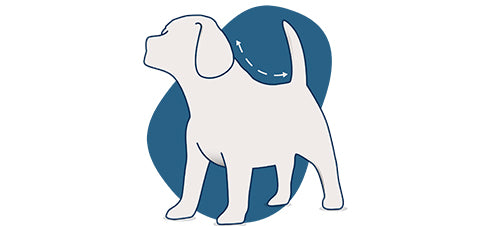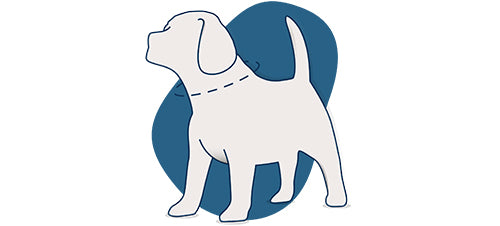Dog treats offer our canine friends a tasty snack in-between mealtimes and are also useful for dog training. They allow you to reward your dog’s good behaviour both in training and in their everyday routine - hopefully it will encourage them to express the same good behaviour in the future!
There are many different types of dog treat available and each is good in different instances. Small kibble shaped treats are great as training aids, whilst dog chews are good boredom busters and ideal for any avid chewer! There is also a fabulous selection of celebration treats for special occasions. These are designed as one-off treats and may be much higher in calories.
In this article we will take a look at how many treats is suitable for your dog to eat and take a look at some of the healthy dog treats that we think your pup will love.
How many treats should I give my dog per day?
We are often asked how many treats we should feed our dogs per day, but there are no set rules. Rather, it comes down to the type of treat you are feeding and the type of dog. It’s all about considering the overall daily calorie content for the breed and age of your dog.
A good general guide is to feed no more than 10% of their daily calories in treats. This could be fed in one large treat, or in a handful of smaller treats. They could be fed in one go or spread throughout the day. How and when you feed your dog the treats, really comes down to you and your lifestyle.
Many of the treats that we sell at Lords & Labradors will have a suggested serving size. For instance, the packaging on the Innocent Hound Puppy Training Treats suggests between 5 and 10 treats per day. If you have a particularly small pup, perhaps stick to the 5. If you have a large breed, then consider upping the amount towards 10 as suggested. It’s about finding the right balance for you, your dog and their lifestyle.
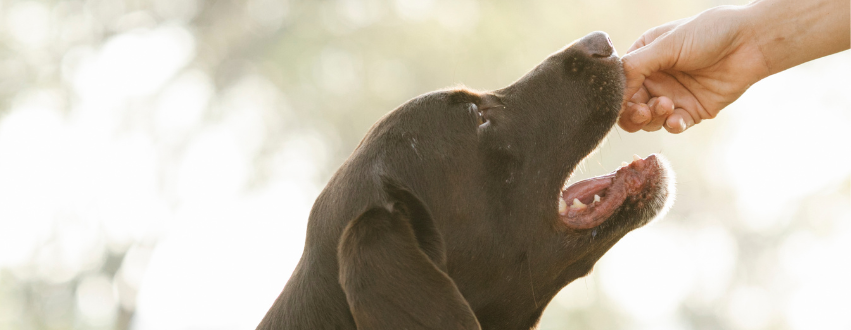
Are dog treats fattening?
Dogs love a delicious snack, just like we do, but it’s important that we keep control of their daily calorie intake. Some treats are more fattening than others so it’s always best to check the packaging to check how many calories there are in the particular treats that you are feeding your dog. Not all treat manufacturers show calories, but they will give an idea on their packaging of how many treats are suitable.
If you’re mixing treats, ensure you change the quantities accordingly. If the suggested amount on your dog treats is ten treats per day, that means ten treats without any other treating. If you want to give a different kind of treat later in the day, then you need to reduce the number of the original treat too. It’s all about balance and ensuring your dog’s overall calorie intake is kept to the optimum level for their breed, age and size.
How many calories are in dog treats?
The number of calories in dog treats can vary from brand to brand, and between different treat types. Just like human food, the recipe and ingredients of the product will determine the calorie and nutrient content of the food. Check the packaging of the particular product you’re purchasing and feed accordingly.
Sometimes, depending on the brand of treat, calorie information isn’t provided, but a general feeding guide with recommended number of treats will be instead. Follow the guide and you can’t go too wrong.
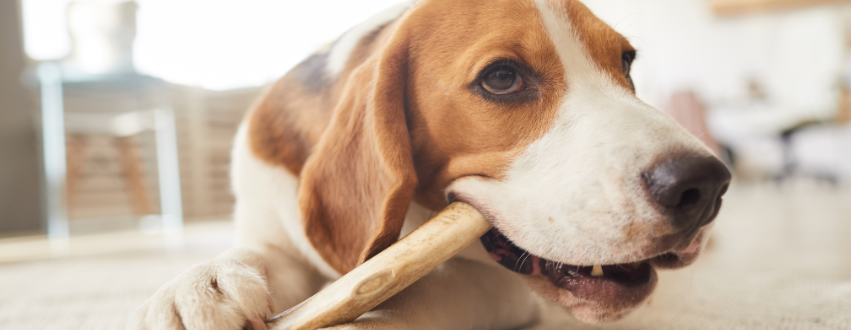
What are healthy treats for dogs?
There are many varieties of dog treat available, some more healthy than others. Some treats are high in fruit and vegetables such the Pawtato Spinach & Kale Sticks. Whilst some are high in protein such as the Lily’s Kitchen Cracking Pork & Apple Sausages. These will offer a delicious snack to your pup with a burst of healthy nutrients too.
If you’re looking for healthy chews, then some of the best are made by Earth Animal. These delicious dog chew treats are made from all-natural ingredients and offer a much healthier alternative to raw hide. Dog chews are a good option to help clean teeth and they’re long lasting making them good boredom busters for dogs who like to gnaw on things.
Just remember to check each dog treat product and feed according to the information supplied.




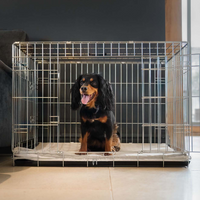




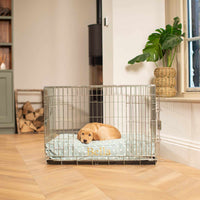
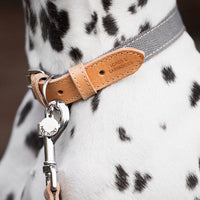



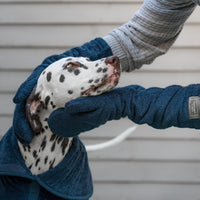

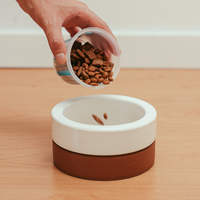
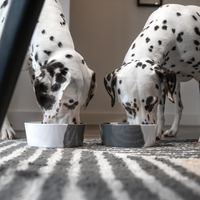
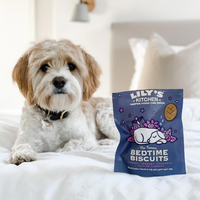


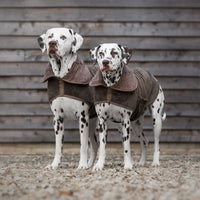
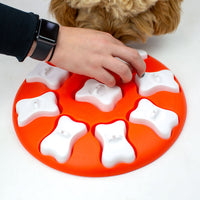

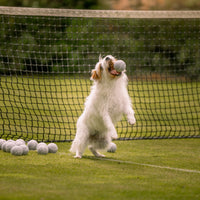
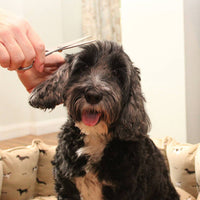



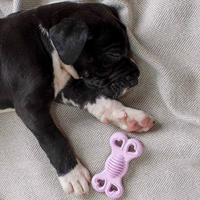
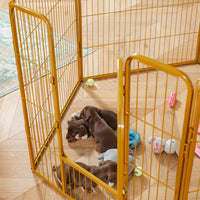
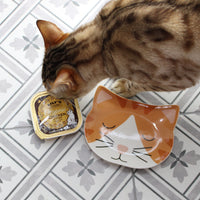



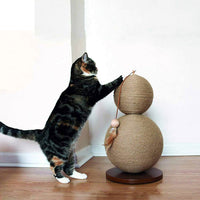




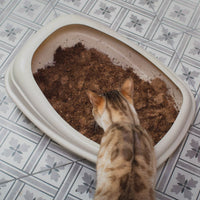

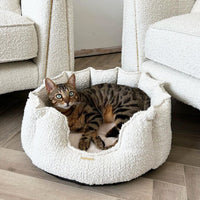

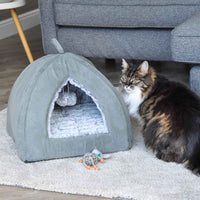



















.jpg?v=1727958217793&options=)































